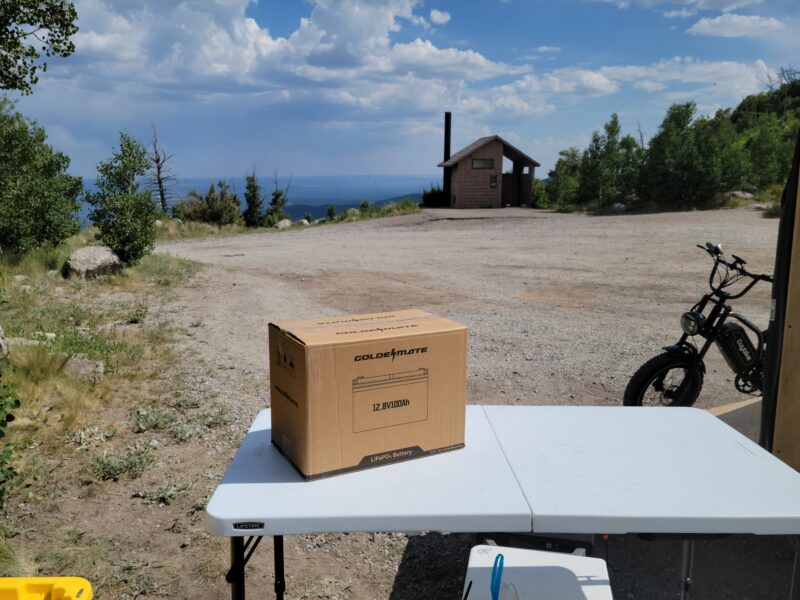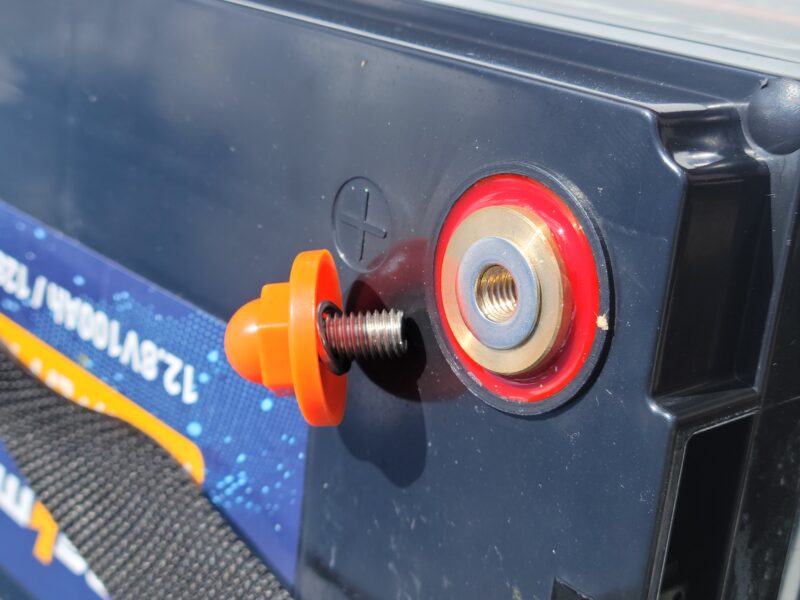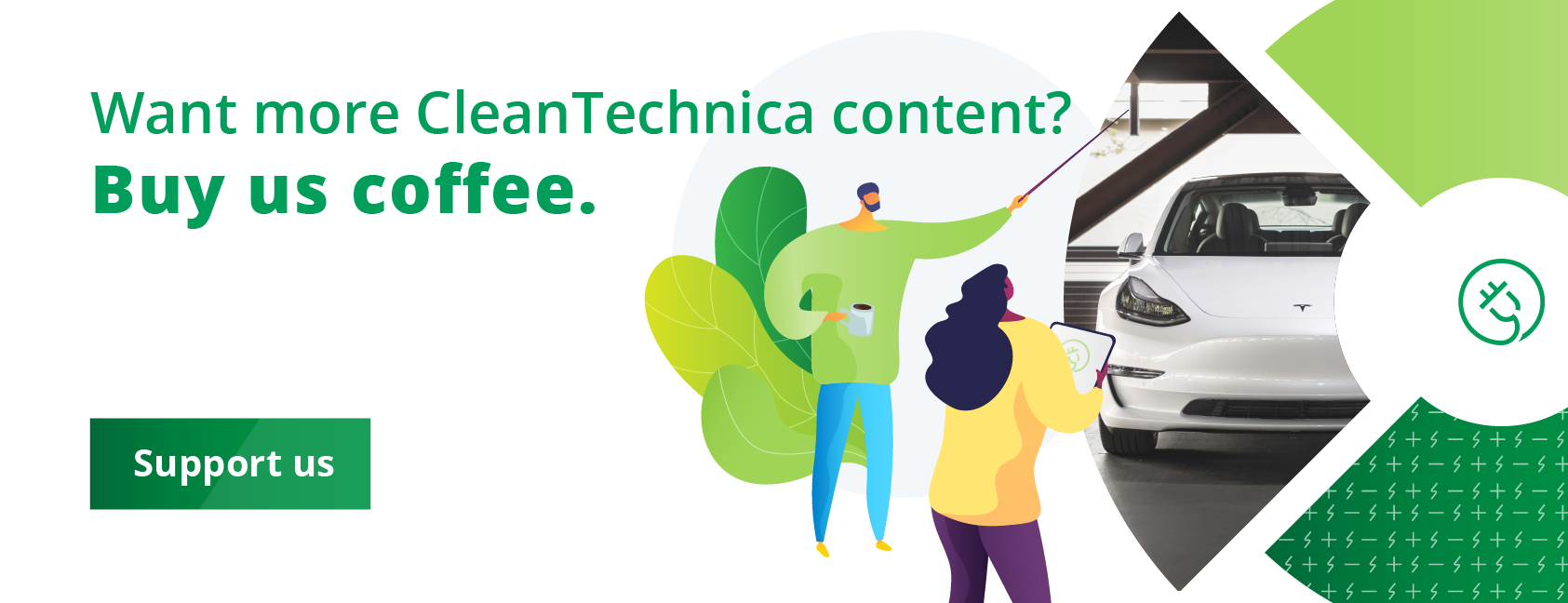
A few weeks ago, GOLDENMATE reached out to have us test its take on the deep cycle battery. From what we can tell so far, it works exactly as advertised, and it a fairly easy to use package!
What Would You Use One Of These For?
A deep cycle battery is a type of energy storage unit that is designed to be discharged and recharged repeatedly, often down to a very low level. This contrasts with starter batteries (like those in most cars), which are designed for short bursts of high power to start the engine, but then get quickly recharged by the car’s alternator.
Deep cycle batteries are used in various applications where continuous, reliable power is needed over a long period of time. Some common examples include marine use (like powering electric trolling motors), RVs and campers for off-grid power, solar power storage, and electric wheelchairs. If you were to put a starter battery in one of these roles, it wouldn’t last nearly as long.
Over the years, there have been several types of deep cycle batteries improving the situation, each with their advantages and disadvantages:
1. Flooded Lead Acid (FLA): These are the traditional type of rechargeable battery, and are often the most affordable. However, they require regular maintenance (topping up with distilled water), and need to be kept upright to prevent acid spillage.
2. Sealed Lead Acid (SLA): These are similar to FLAs but are sealed, so they require less maintenance and can be mounted in any orientation. They’re more expensive than FLAs and have a shorter lifespan.
3. Absorbent Glass Mat (AGM): These batteries use a special fiberglass separator that absorbs the electrolyte, providing the advantages of being spill-proof, maintenance-free, and able to deliver high currents. They’re more expensive than both FLA and SLA batteries.
4. Gel Cell: These use a gelified electrolyte, making them leak-proof and maintenance-free. However, they are sensitive to overcharging, more expensive, and typically have a lower capacity than other types.
5. Lithium-Ion: These are the newest type of deep cycle battery and offer several advantages like lighter weight, higher efficiency, longer lifespan, and virtually no maintenance. However, they are significantly more expensive.
Well, actually, that last thing (expensive) is something that appears to be changing!
What You Get For The Money with GOLDENMATE

One of the first things that struck me about the company’s battery was the price. Like many other deep cycle batteries of its size, it has a capacity of 100 amp-hours (1280 watt-hours). But, instead of costing almost $1,000 like they used to, they’ve managed to build an iron-based battery and sell it for $329 (as of this writing).
Connecting the battery to devices that draw power from it is pretty easy. Instead of having battery posts or wingnuts, they provided simple bolt-holes you can readily add loop-style electrical connections to. It even has plastic caps that keep things from touching the connections as readily. With nothing connected, the battery’s caps keep the connections completely closed off to things that might short it out, making for easier carrying and storage in vehicles and other settings.
It’s possible to do quite a few things with the batteries, too. Maximum output is 100 amps (continuous), and you can connect them in parallel or series for higher voltage and/or higher capacity, allowing them to power anything typical lead-acid deep cycle batteries can, but with less weight and bulk.
Finally, it has a built-in carrying strap that’s made from a flexible material. This makes moving the battery around a lot easier than the average deep cycle battery.

Testing
In some ways, it’s tough to test a deep cycle battery in every situation you might use one in. Few people have a golf cart, an RV, a trolling motor, and a ham radio setup. But, being able to just draw some power from it gives you a pretty good idea. One alternative I experimented with was to power things with an inverter I have laying around. It’s only rated for 1,000 watts, but when pulling power from a 12-volt battery, you’re pulling over 80 amps! So, pulling the 1,000 watts is a good test for such a battery.
To really put a load on the unit, I connected a portable air conditioner to it, which I had seen pull around 800 watts from my Jackery power station. The result was just as expected, with the battery powering the load as advertised.

The Biggest Advantage: Longevity
As I pointed out earlier, the technology inside deep-cycle batteries has changed quite a bit over time. The cheapest batteries are simple, but need to be mostly stationary and upright to function safely. Sealed units, gel cells, glass mats, and other options improve the longevity in motion, but they still have a limited overall lifespan.
Family which I’ve gone RVing with can attest to the limited life of lead-acid batteries. When the RV gets parked for the winter, it just won’t survive until spring unless the battery gets trickle-charged. Even when connected to solar and kept up at full voltage, a lead-acid battery still doesn’t keep up a good charge after a year or two, and goes completely dead not long after.
LiFePO batteries (aka “LFP”) avoid all of this need for keeping a trickle charge, and avoid the problems of losing capacity and charge ability after a couple of years. Unlike other lithium batteries, iron-based chemistries also have no problem sitting at 100% charge between uses, so there’s no need to drain them to an ideal voltage for storage, either.
The end result is that you can take something that used to be a pain (replacing and maintaining batteries) and just replace them with something that works long-term. Finding out the hard way that an RV doesn’t have a charge for lighting, a trolling motor won’t troll, or a golf cart won’t move really sucks. Minimizing the failures and pain points of using battery technology is really a pretty good deal at the price point batteries are starting to arrive at!
Featured image: the GOLDENMATE LiFePO battery during unboxing at a mountaintop campsite in New Mexico. Image by Jennifer Sensiba.
I don’t like paywalls. You don’t like paywalls. Who likes paywalls? Here at CleanTechnica, we implemented a limited paywall for a while, but it always felt wrong — and it was always tough to decide what we should put behind there. In theory, your most exclusive and best content goes behind a paywall. But then fewer people read it! We just don’t like paywalls, and so we’ve decided to ditch ours. Unfortunately, the media business is still a tough, cut-throat business with tiny margins. It’s a never-ending Olympic challenge to stay above water or even perhaps — gasp — grow. So …




